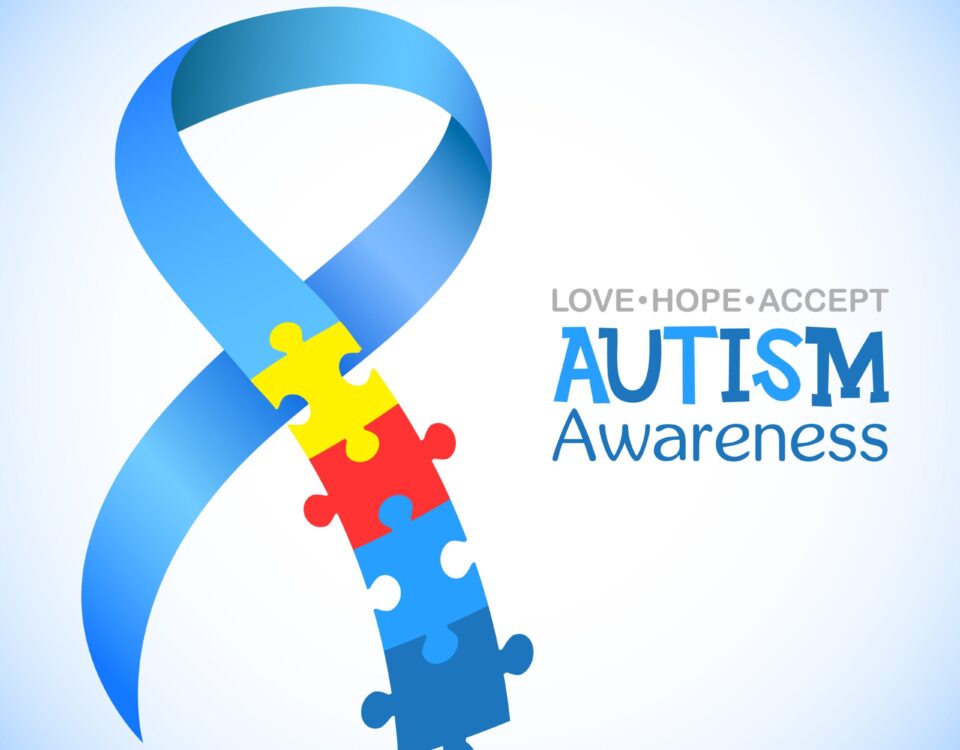- Have any questions?
- (561) 206-2574
- [email protected]
Dyscalculia: Understanding Difficulties with Math

5 Tips for the Winter Slowdown
December 14, 2022
An Understanding of Phonological Awareness
February 16, 2023Dyscalculia: Understanding Difficulties with Math

What is Dyscalculia?
Dyscalculia is a brain-based math learning disorder that impairs a person’s ability to learn number-related concepts, perform accurate math calculations, reason and problem solve, and perform other basic math tasks. Difficulty with math happens at all levels from learning addition to algebra. Also, dyscalculia can make it hard to complete everyday tasks. Dyscalculia is not as well known or understood as dyslexia, but it is estimated that 5 to 10 percent of people may have it.
What are the symptoms of dyscalculia?
The symptoms of dyscalculia depend on an individual’s age and the situations they most often encounter. According to an article by ClevelandClinic.org, named Dyscalculia: What it is, causes, symptoms & treatment., here is a breakdown of symptoms by age:
Young children (up to the pre-K and kindergarten levels)
For very young children, the most common symptoms include trouble with:
- Counting upward.
- Connecting a number to that many of an object (for example, connecting the number 4 to that many marbles in front of them).
- Recognizing numbers and math symbols.
- Organizing numbers, such as largest to smallest or first to last.
- Recognizing and using number lines.
- Learning using money (such as coins or bills).
School-age children (primary/grade/elementary school)
The symptoms of dyscalculia often draw attention when children start school around age 6. For these children, the symptoms include trouble with:
- Counting on fingers with small numbers (especially at an age where that seems unnecessary).
- Identifying small quantities of items just by looking (this looks like needing to count each one by one).
- Doing simple calculations from memory.
- Memorizing multiplication tables.
- Recognizing the same math problem when the order of the numbers or symbols changes (struggling to understand that 1+7=8 is the same as 8=7+1).
- Understanding word problems or more advanced symbols (such as > meaning “greater than” or < meaning “less than”).
- Organizing numbers by scale (10s, 100s, 1,000s) or decimal place (0.1, 0.01, 0.001).
Teenagers (secondary school- or high school-age) and adults
The symptoms in teenagers and adults often look like trouble with the following:
- Counting backward.
- Solving word problems.
- Breaking down problems into multiple steps to solve them.
- Measuring items.
- Measuring quantities (such as for cooking/baking recipes).
- Using money (coins and bills) to pay for items, exchanging bills for coins (and vice versa) and making change.
- Understanding and converting fractions.
What are some related conditions of dyscalculia?
Many learning disorders are comorbid and few that happen combined with dyscalculia are Autism spectrum disorders, ADHD, dyslexia, dysgraphia, non-verbal learning disorders, and sensory processing disorders.
Recommended Interventions and Accommodations for dyscalculia
Math Accommodations:
- Breaking down complicated problems into smaller steps
- Using visual cues to aid students with basic math concepts
- Allowing calculators for computing
- Additional time on assignments and tests
- Smaller testing environment
- Modified homework assignments (so you can focus on remediation)
- Assistive technology such as computer-based lessons that are interactive
- Hands-on projects
Math Intervention:
Multisensory-based math programs that teach students math skills using a concrete, representation, abstract model is helpful in filling in the gaps in missing foundational math concepts for individuals with dyscalculia.
Check out the math services we offer for students with dyscalculia.

